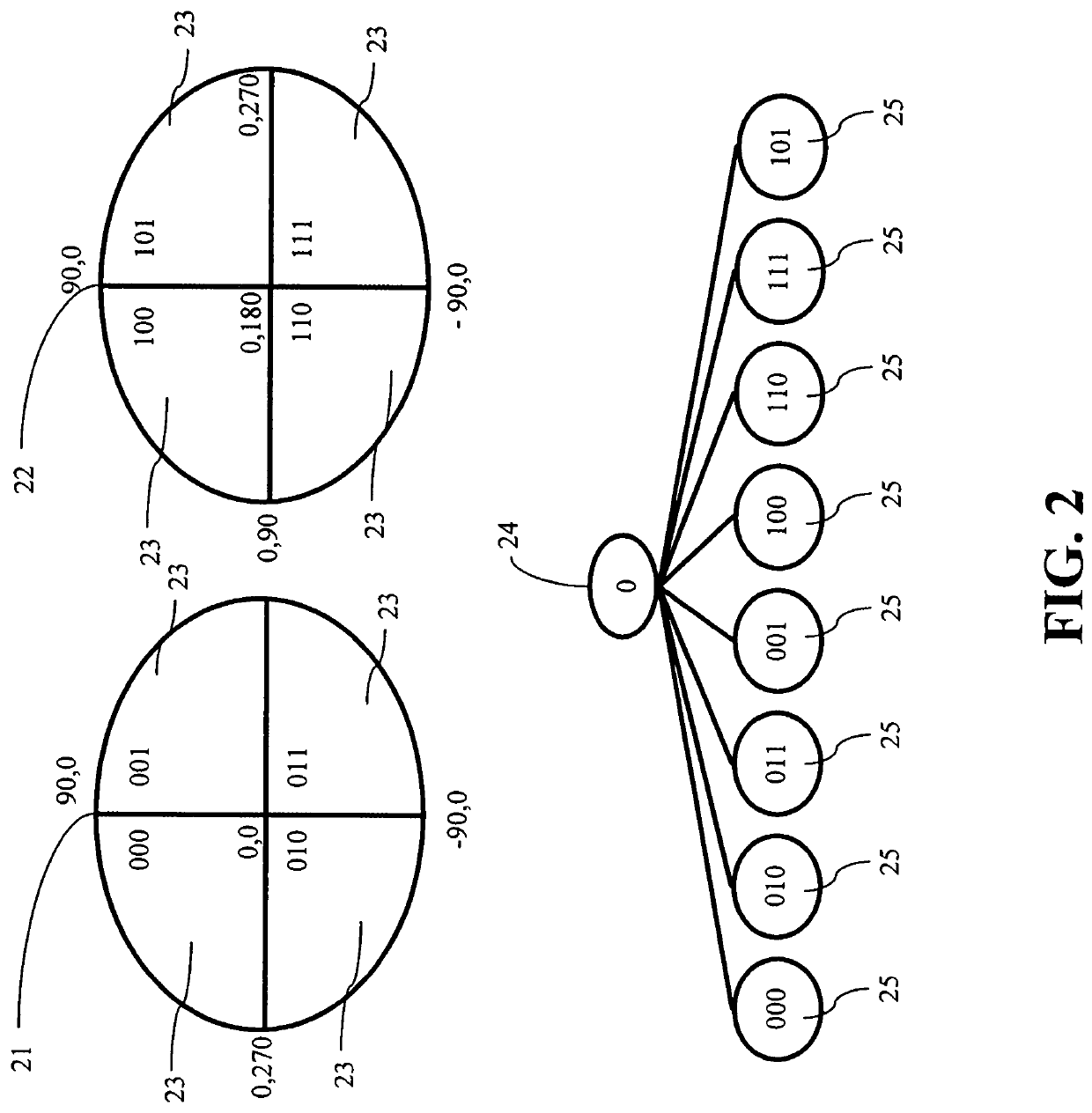Efficient method of location-based content management and delivery
a content management and location technology, applied in the field of location-based content management, can solve the problems of high query rate required to support millions of mobile devices and/or web browsers, inability to support large data sets of existing spatial data provisioning, and inability to efficiently provide location-based content, etc., to achieve fast search, improve search performance, and remove performance bottlenecks associated
- Summary
- Abstract
- Description
- Claims
- Application Information
AI Technical Summary
Benefits of technology
Problems solved by technology
Method used
Image
Examples
Embodiment Construction
[0044]Reference will now be made in detail to the preferred embodiments of the invention, examples of which are illustrated in the accompanying drawings. The invention may, however, be embodied in many different forms and should not be construed as being limited to the embodiments set forth herein; rather, these embodiments are provided so that this disclosure will be thorough and complete, and will fully convey the concept of the invention to those skilled in the art.
[0045]FIG. 1 shows associating information with areas of influence 1-4 and determining based on a point-in-area query. The information associated with any area of influence that contains point 5 is relevant. As shown in FIG. 1, the information associated with first, third and fourth areas of influence 1, 3, and 4 is relevant. The information associated with the second area of influence 2 is not relevant since the query point 5 is not contained within the second area of influence. By assigning varying areas of influence...
PUM
 Login to View More
Login to View More Abstract
Description
Claims
Application Information
 Login to View More
Login to View More - R&D
- Intellectual Property
- Life Sciences
- Materials
- Tech Scout
- Unparalleled Data Quality
- Higher Quality Content
- 60% Fewer Hallucinations
Browse by: Latest US Patents, China's latest patents, Technical Efficacy Thesaurus, Application Domain, Technology Topic, Popular Technical Reports.
© 2025 PatSnap. All rights reserved.Legal|Privacy policy|Modern Slavery Act Transparency Statement|Sitemap|About US| Contact US: help@patsnap.com



